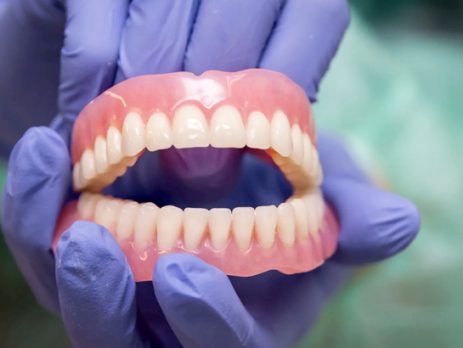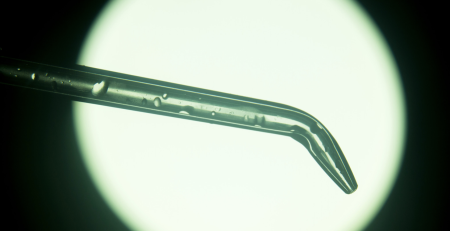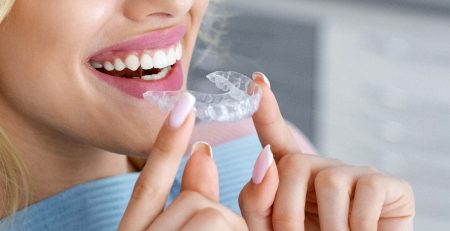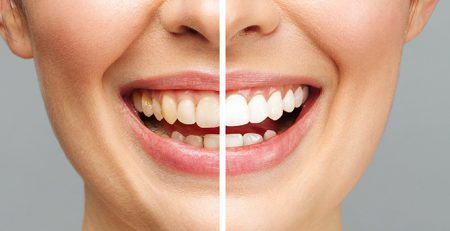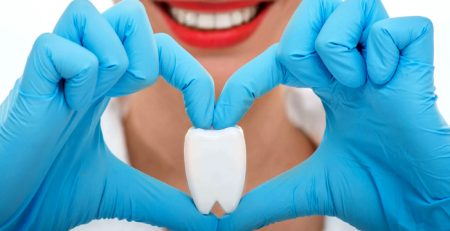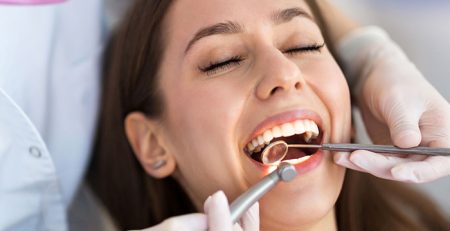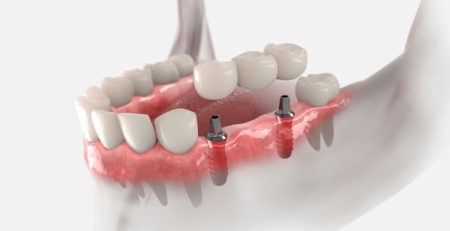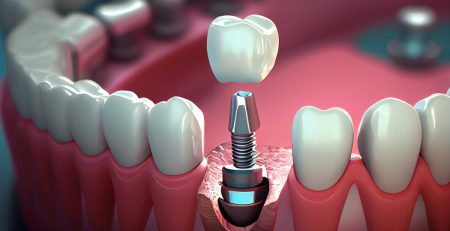Dental Prostheses – A Functional and Aesthetic Solution – Turkey Dental Prostheses
Dental Prostheses A Functional and Aesthetic Solution – Turkey Dental Prosthesis
Dental prostheses are artificial teeth placed to replace teeth lost for various reasons. Prostheses can be either fixed (permanent in the mouth) or removable (can be taken in and out). The main purpose of dental prostheses is to restore aesthetic appearance, improve chewing function, correct speech, and help maintain facial structure.
Oral and dental health is one of the most important components of our overall health. Tooth loss is not only an aesthetic issue but also directly affects speech, chewing, and the digestive system. Dental prostheses provide both aesthetic and functional comfort by replacing missing teeth. Thanks to advancing technology, today there are highly natural-looking, durable, and comfortable prosthetic options available.
Types of Dental Prostheses
1. Removable Dental Prostheses
These are prostheses that can be inserted and removed by the user. They are generally preferred for elderly individuals and in cases of multiple tooth loss.
Complete Denture (Total Prosthesis): Applied when all teeth in the mouth are lost.
Partial Denture: Used when some natural teeth remain, attached with metal clasps.
Skeleton-Supported Partial Denture: A type of partial denture placed on a metal framework, offering a more aesthetic appearance with a thinner structure.
2. Fixed Dental Prostheses
These are prostheses fixed in the mouth by the dentist and cannot be removed by the patient.
Bridge Prostheses: Fixed prostheses attached to healthy teeth on both sides of the missing tooth.
Crown (Cap): Covers broken, decayed, or weak teeth, providing protection and aesthetic appearance.
3. Implant-Supported Prostheses
These are prostheses placed on titanium implants inserted into the jawbone. They are among the most modern and natural-feeling solutions.
Fixed Implant Prosthesis: Screwed in place and not removable.
Removable Implant Prosthesis: Attached with snaps or magnets, can be removed by the patient.
Dental Prosthesis Fabrication Process
Examination and Planning: The dentist evaluates the oral structure and decides on the appropriate type of prosthesis.
Impression Taking: Special molds are prepared using impressions taken from the mouth.
Trial: Molds are tested in the patient’s mouth before the final prosthesis, and necessary adjustments are made.
Prosthesis Application: The prepared prosthesis is fixed or delivered with usage instructions.
Follow-Ups: Regular check-ups are conducted in the first weeks, and adjustments are made if needed.
Advantages of Dental Prostheses
– Restoration of chewing function
– Correction of speech problems
– Improvement of aesthetic appearance
– Preservation of facial contours (prevents sunken cheeks, sagging lips)
– Increased self-confidence
– Comfort in social life
How to Care for Dental Prostheses?
For Fixed Pr

